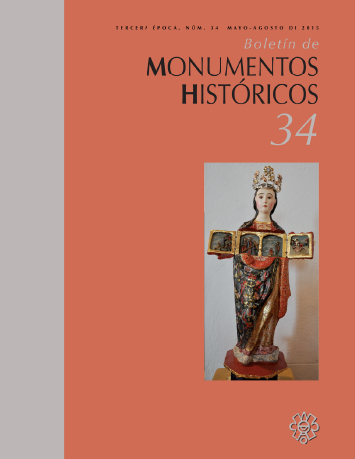Teatro Morelos de Aguascalientes: monumento histórico e instrumento de legitimidad política
Published 2017-06-19
Keywords
- theater,
- modernization,
- renovation,
- political legitimacy
How to Cite
Abstract
Built in 1885, during the age of Porfirio Díaz, the Morelos Theater in Aguascalientes became the city’s ultimate symbol of progress, civilization and modernity. It also hosted the Sovereign Revolutionary Convention in 1914. In later years, it became a movie theater and over the years it deteriorated to the extent that its demolition was proposed. It was not until 1963 and 1964 that the building was rescued and refurbished with support from the state and federal government and declared a National Monument by the local legislature, in order to commemorate the anniversary of the Revolutionary Convention. In 1993 it was again declared a National Monument by President Carlos Salinas de Gortari in an attempt to legitimize his questioned administration. In other words, besides having served the leisure and recreation of its inhabitants, the colossus has also been a pretext for the political legitimization of the country’s ruling class .
Downloads
References
- Vicente Agustín Esparza Jiménez, “Las diversiones públicas en la ciudad de Aguascalientes durante el Porfiriato: En busca de la modernidad”, tesis de maestría en Historia, México, El Colegio de San Luis, 2008.
- Luciano Ramírez Hurtado, El estado de Aguascalientes, México, Gobierno del Estado de Aguascalientes, 1994, p. 34.
- Vicente Agustín Esparza Jiménez, “Lugares y usos de la memoria. Los nombres de las calles de la ciudad de Aguascalientes, 1855-1975”, reporte de investigación, Centro INAH-Aguascalientes, febrero de 2013. El Sol del Centro, 1 de diciembre de 1968. AGMA, Acta de Cabildo Digitalizada, núm. 48, 1989, fs. 223-224.
- Alejandro Topete del Valle, El Teatro Morelos, Aguascalientes, Gobierno del Estado de Aguascalientes, 1985.
- Clara Martínez y Julieta Orduña, Una aventura llamada teatro. Aguascalientes en el siglo xix, Aguascalientes, Escenología, 2005.
- Vito Alessio Robles, La Convención Revolucionaria de Aguascalientes, México, INEHRM, 1989, p. 127.
- Martín Luis Guzmán, “La cuna de la Convención” [1914], en Antonio Acevedo Escobedo, Letras sobre Aguascalientes, México, Libros de México, 1981, pp. 253-264. (De El Águila y la serpiente, 2a. ed., Madrid, Compañía Ibero-Americana de Publicaciones, 1928, pp. 273-284 y 300-302.)
- Evelia Reyes Díaz, “Ciudad, lugares, gente, cine. La apropiación del espectáculo cinematográfico en la ciudad de Aguascalientes, 1897-1933”, Universidad Autónoma de Aguscalientes, 2012.
- Ana Santos, “El 50 aniversario de la Revolución Mexicana: entre la continuidad y el agotamiento del discurso de la revolución permanente”, en Erika Pani y Ariel Rodríguez Kuri, Centenarios. Conmemoraciones e historia oficial, México, El Colegio de México, 2012, pp. 53-54.
- Enrique Olivares Santana, Segundo informe de gobierno, 1963-1964, Talleres Gráficos del Estado, Aguascalientes, s.f.

